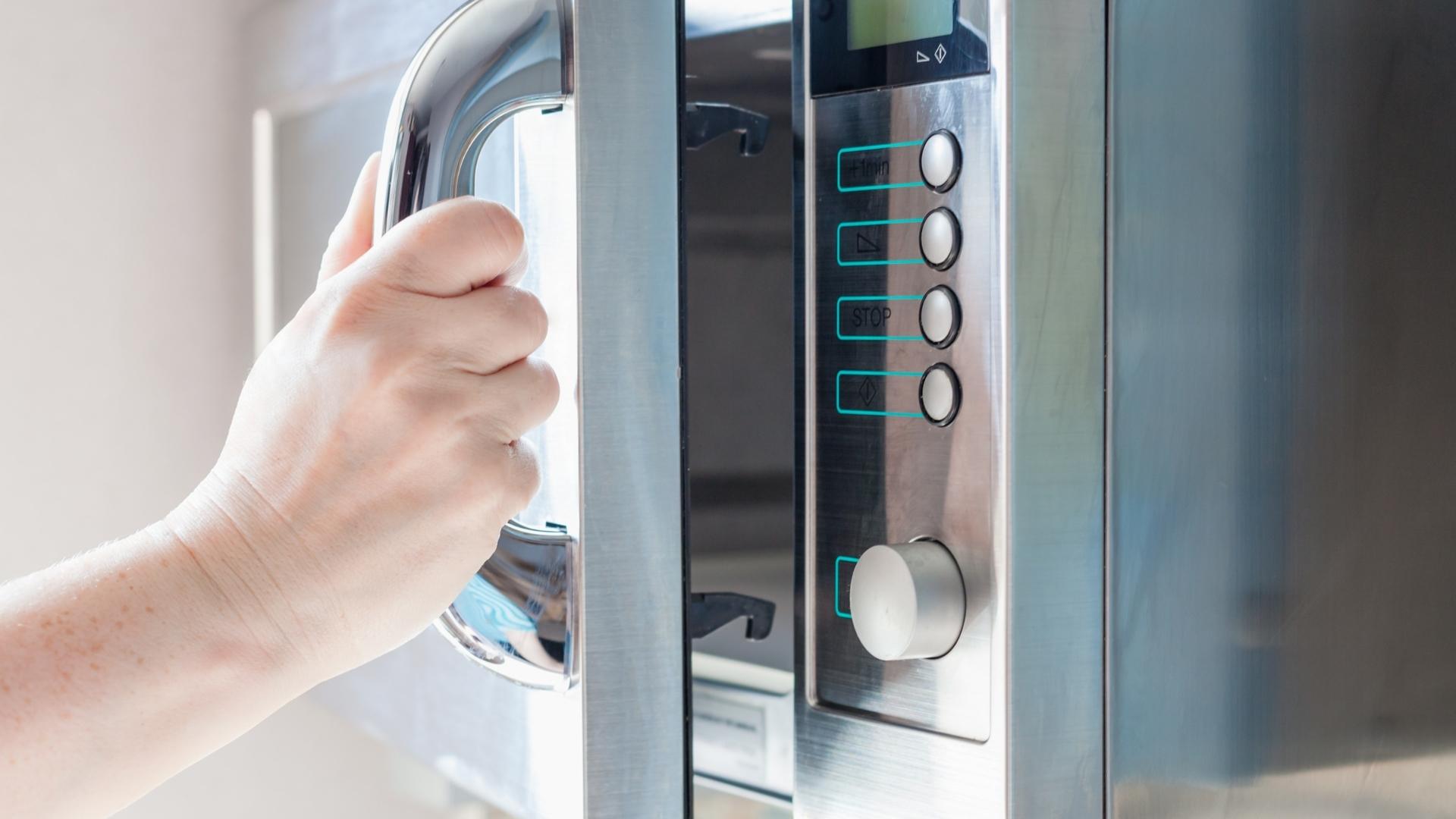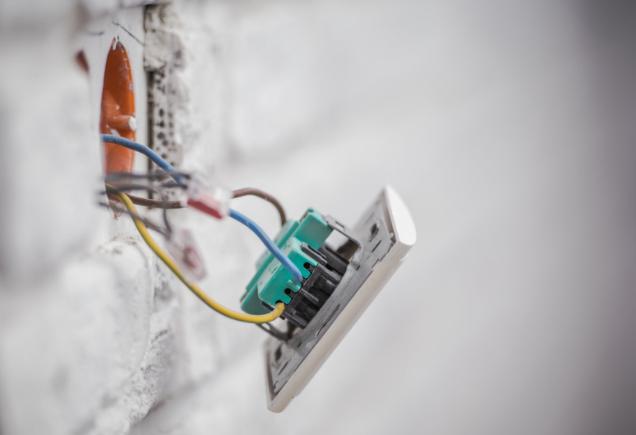
In our work as residential remodeling contractors over the past couple of decades, we have learned a few of the “hot spots” that consumers have when it comes to remodeling their homes.
More and larger closets, lots of windows, spacious rooms and more electrical outlets always seem to top the “dream list”.
While we believe that all of these are reasonable requests, it is our opinion that electrical should be the number one item. Aside from the convenience that a few extra lights, switches or outlets offer, the electrical system has a great deal to do with the safety of the home.
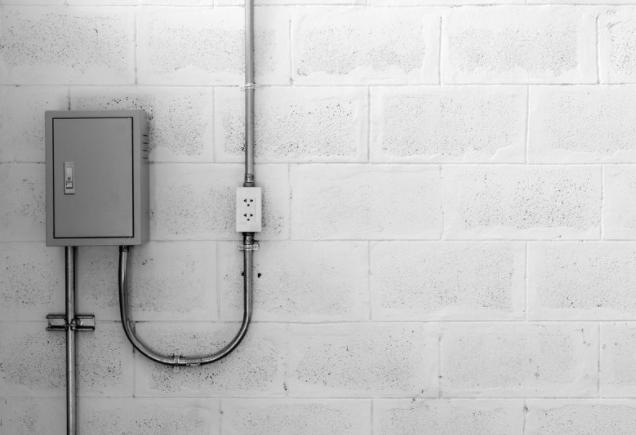
Elements of Home Electrical Systems
There are two primary elements of a home’s electrical system that relate to safety; the size of the electrical service and the condition of the system (wiring, breakers, fuses, outlets, etc.)
Most modern homes have an electrical main service rated for 100 amps. Many older homes have a main electrical service rated for 60 amps. The smaller service simply is not large enough to handle the electrical demand of the modern home.
Additionally, many of these older systems have knob and tube wiring, fuses and ungrounded wiring that aren’t considered safe by today’s standards.
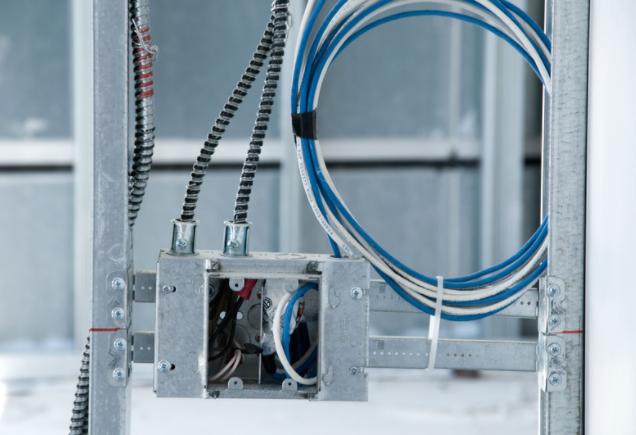
Upgrading Electric Main Service
We believe that upgrading an electrical main service and rewiring a substandard electrical system is one of the best and smartest investments that a homeowner can make. No amount of money can compensate for the loss of life or irreplaceable personal property from a house fire caused by a faulty electrical system.
We don’t consider upgrading the main service or rewiring a house an average do-it-yourself project. Therefore, consult a professional electrician.
Your main service and wiring may be in good shape and all you want to do is add an outlet or two, or a switch and fixture box for a light or ceiling fan. The good news: A do-it-yourselfer can tackle this project.
The bad news: it can be a major undertaking, especially for homes built on a concrete slab or with no attic. Adding just one plug can mean cutting out wallboard, drilling holes in framing and “fishing” wires to new locations.
If this isn’t your idea of fun on a Saturday afternoon, you may want to consider the alternative; surface wiring.

About Surface Wiring
Surface wiring is a system of wires that simply run across the surface of a wall or ceiling but are concealed and protected by a decorative cover or channel. You can install surface wiring with little or no disruption to existing finishes. This can be a real plus especially when wallpaper or paneling is involved.
The disadvantage (and the objection that most folks have to this system): Surface wiring is difficult to conceal and “sticks out like a sore thumb.” However, with block, concrete or other material walls that make wire-fishing impossible, surface wiring might be the only practical choice. But note, this type of surface wiring system is not designed for exterior use. There are other surface wiring systems approved for exterior use.
Surface wiring systems consist of metal or heavy plastic components and can be purchased at most home centers. They come with an assortment of fittings to make installation as simple as possible. You can cut the material with a hacksaw, therefore eliminating the need for any power tools. However, a cordless driver/drill can make the job a lot easier. The only other tool required is a combination wire cutter/stripper.
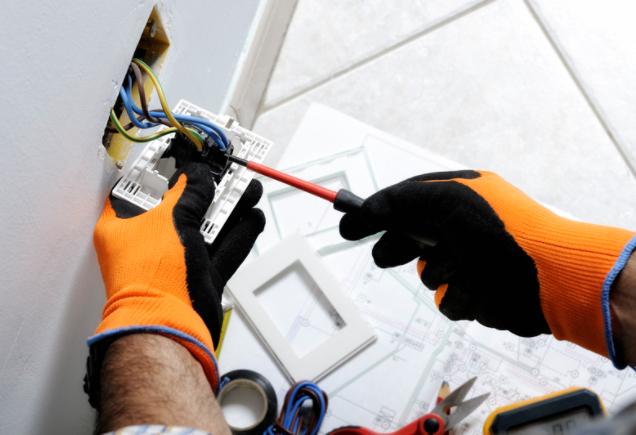
Installing Surface Wiring
The electrical system must be in good shape before installing surface wiring. Do not overload an existing circuit by using too many appliances or devices simultaneously. However, adding a few new outlets to a circuit is seldom a problem. When in doubt, consult a professional electrician.
The installation process is simple. Begin by creating a diagram that outlines where the new outlet, switch or fixture is to be located in relation to existing electrical. Choose an existing outlet that will serve as the power source for the addition. Turn off the power to the outlet in question and remove the cover plate and the outlet to expose just the wiring. Attach a starter box to the existing outlet box and run the surface wiring system to the desired location. The new starter box has a dual purpose. It serves as both a junction box for the wire connections and also as an outlet. Turn the electrical back on after you make all connections.
Remember to consult with local building officials to determine if you need a permit and to ensure that the work complies with local codes.









